“Hey Houston, we have had a problem here!”
Conosciamo tutti questa frase, pronunciata dall’astronauta James A. Lovell il 14 aprile 1970 a bordo dell’Apollo 13, diretto sulla Luna, che a causa di un guasto non riuscì a completare l’allunaggio e dovette circumnavigare la luna per guadagnare la velocità necessaria a rientrare sulla terra.
Furono i tecnici dello Space Center di Houston a guidare James A. Lovell e gli altri due membri dell’equipaggio dell’Apollo 13 durante i quattro giorni che hanno tenuto tutto il mondo con il fiato sospeso. Il Lyndon B. Johnson Space Center di Houston è il centro NASA che si occupa di tutti i voli spaziali con equipaggio umano. Qui non solo si preparano le missioni spaziali, in collaborazione con gli altri centri NASA, ma ci si occupa anche della formazione degli equipaggi che partiranno per le diverse missioni e la riabilitazione per gli astronauti che rientrano sulla terra.
“Hey Houston, we have had a problem here!”. We all know this sentence by astronaut James A. Lovell. He was on the Apollo 13 on April 14th 1970, when he got in contact with the Houston Space Center to report a major technical problem. An explosion on board forced Apollo 13 to circle the moon without landing. Luckily the three astronauts on board returned safely to earth, and the contribution of the technical team of the Houston Space Center was fundamental role in this. The Lyndon B. Johnson Space Center is the NASA Manned Spacecraft Center, where human spaceflight training, research, and flight control are conducted.
Una delle attrazioni dello Space Center è proprio la Space Vehicle Mockup Facility, che in essenza è il centro in cui vengono simulate le condizioni presenti nello spazio e vengono testati dagli astronauti i veicoli con cui ci si sposterà una volta arrivati a destinazione. Ci si arriva con uno dei Tram Tours, quello da 90 minuti (siate preparati a un po’ di fila ma ne vale davvero la pena).
One of the main attractions of the Space Center in Houston is the Space Vehicle Mockup Facility, where NASA astronauts train for current missions and where scientists and engineers are developing the next generation of space exploration vehicles. You can get here with the Tram Tour. There are two Tram Tours, one that lasts 90 minutes and one that lasts 30 minutes – only the 90 minutes one will take you to the Space Vehicle Mockup Facility.
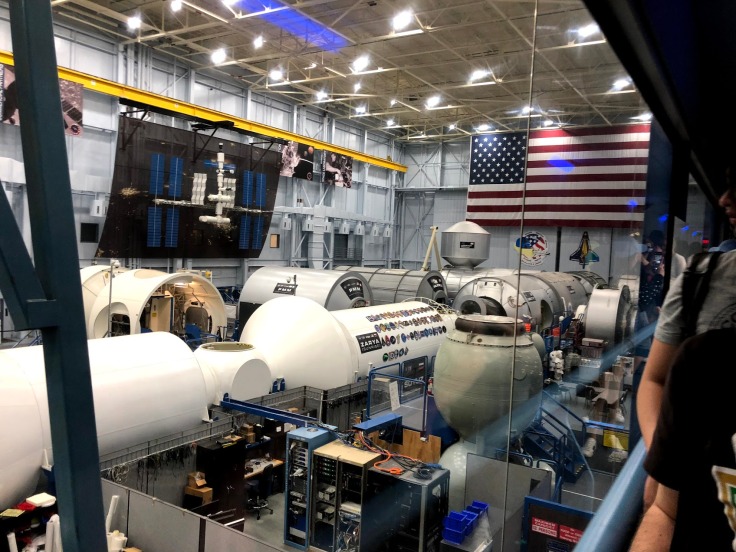
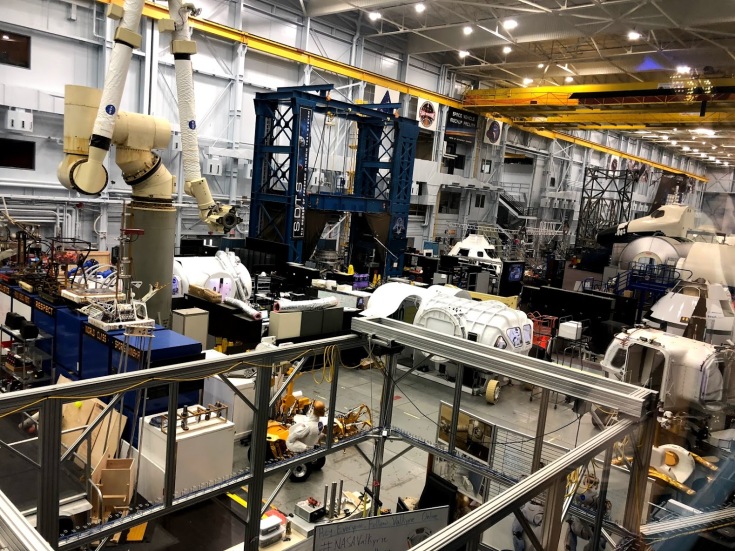

Una cosa che abbiamo imparato durante il tour è il fatto che a causa di tempeste solari, assenza di gravità e radiazioni, gli astronauti soffrono di problemi cardiaci, perdita di massa ossea e muscolare, osteoporosi e altri problemi di salute. Vengono sottoposti a preparazione atletica molto intensiva e simulazione delle condizioni presenti nello spazio prima di partire, allenamenti di 3-4 ore una volta nello spazio e un programma intensivo di riabilitazione una volta rientrati sulla terra. Uno dei principali aspetti su cui si sta focalizzando la ricerca al momento è come mantenere gli astronauti in salute durante la permanenza nello spazio, soprattutto in vista di una eventuale missione su Marte, la cui durata minima sarebbe di 12 mesi.
During the tour, we learned that astronauts experience quite a lot of health problems while in space, such as hearth problems, loss of muscular and bone mass or osteoporosis. This is caused by solar storms, absence of gravity and radiation. In order to cope with these health problems, astronauts undergo a lot physical training and simulation of the conditions they will find in space before departure, they need to exercise 3-4 hours a day when in space, and they need to go through months of rehab after they get back to earth. These health side effects start to manifest after around 30 days in space, so considering that the next big goal is to explore Mars and that a mission to Mars would take around 3 years, it becomes clear that keeping the astronauts healthy and safe is the big priority for NASA researchers.

Il Tram Tour porta anche in una delle Sale di Controllo e al Rocket Park, dove ci sono repliche di alcuni razzi e il Saturn V originale, che ha accompagnato alcune delle missioni Apollo.
The Tram Tour also stops at the Mission Control and at Rocket Park, where replicas of a couple of famous rockets and the original Saturn V are displayed.NASA used the colossal Saturn V rockets primarily during the Apollo program to send Americans to the moon.
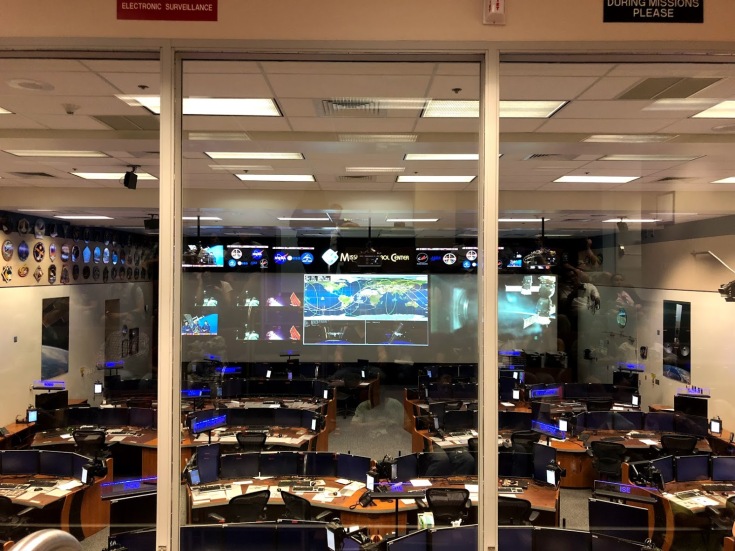
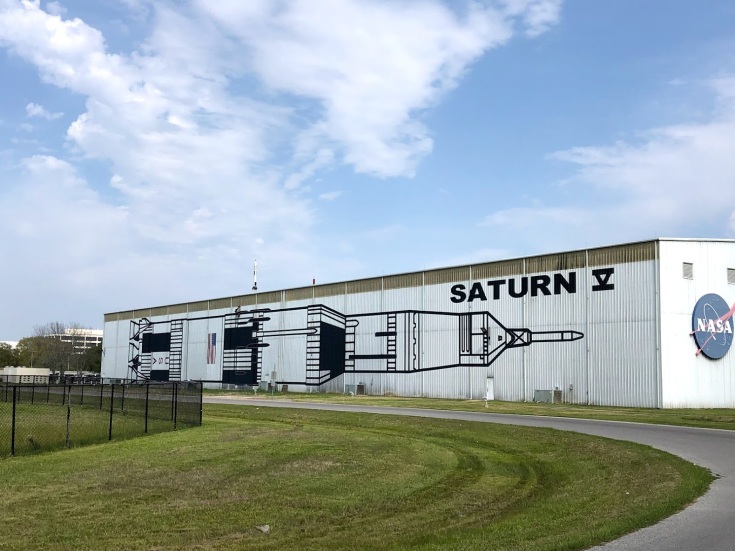
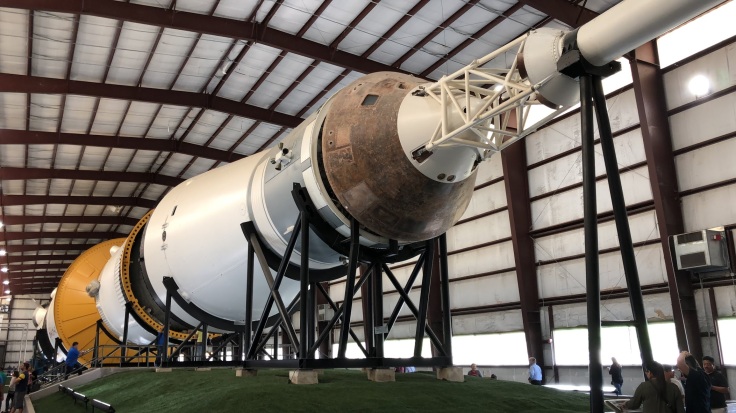

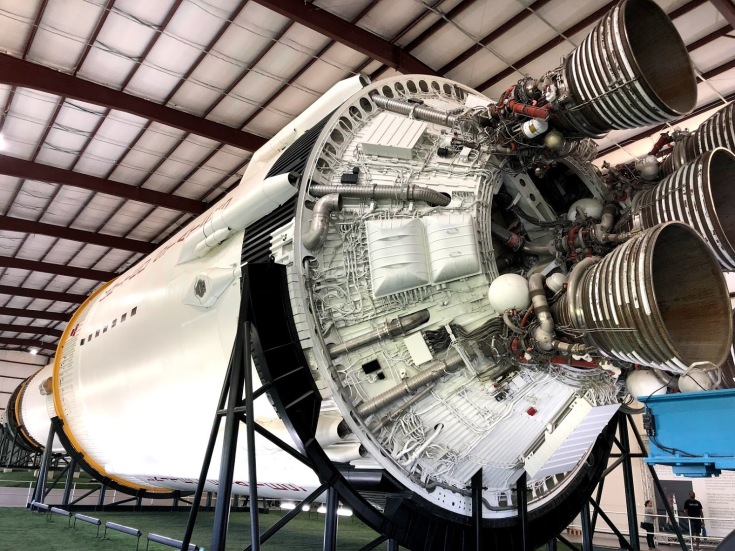
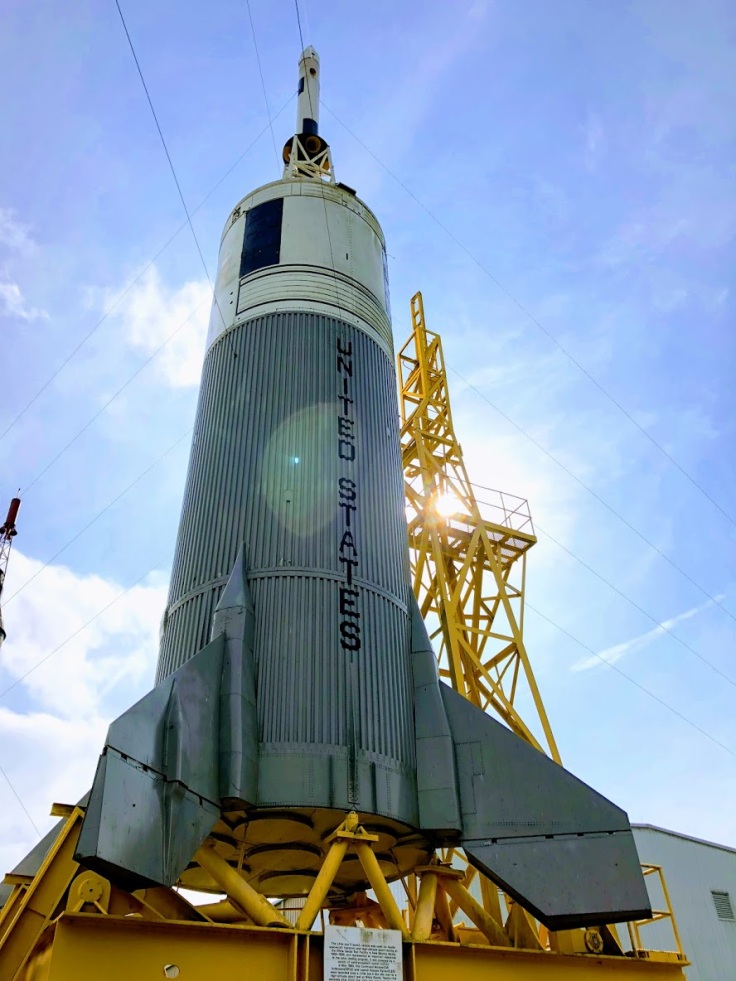
Oltre al Tram Tour, consigliamo di ascoltare una delle presentazioni sulla vita degli astronauti nello spazio…sono davvero molto interessanti! Le presentazioni sono ogni ora nella sezione “International Space Station” e mostrano come si dorme (i letti sono dei sacchi a pelo attaccati alle pareti sia orizzontalmente che verticalmente), cosa si mangia, come si usa il bagno e come ci si lava nello spazio.
The Tram Tour is not the only interesting attraction of the Space Centre. We really enjoyed the talks on Living in Space at the International Space Station. The person giving the talk showed us how astronauts sleep, eat, bathe and use the toilet in space.
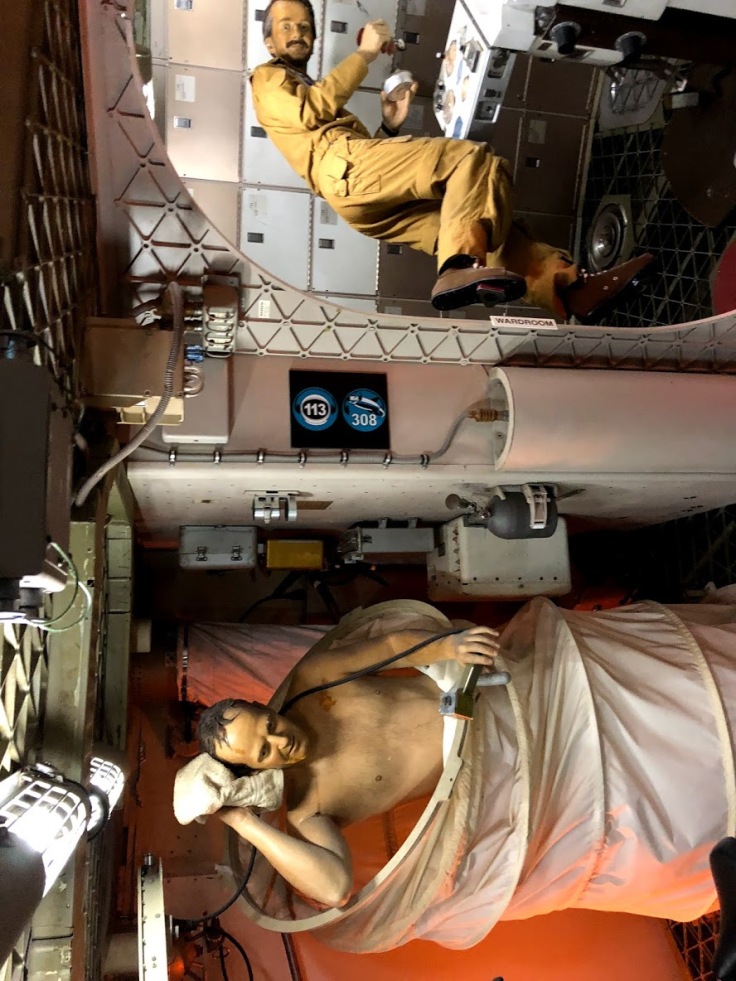

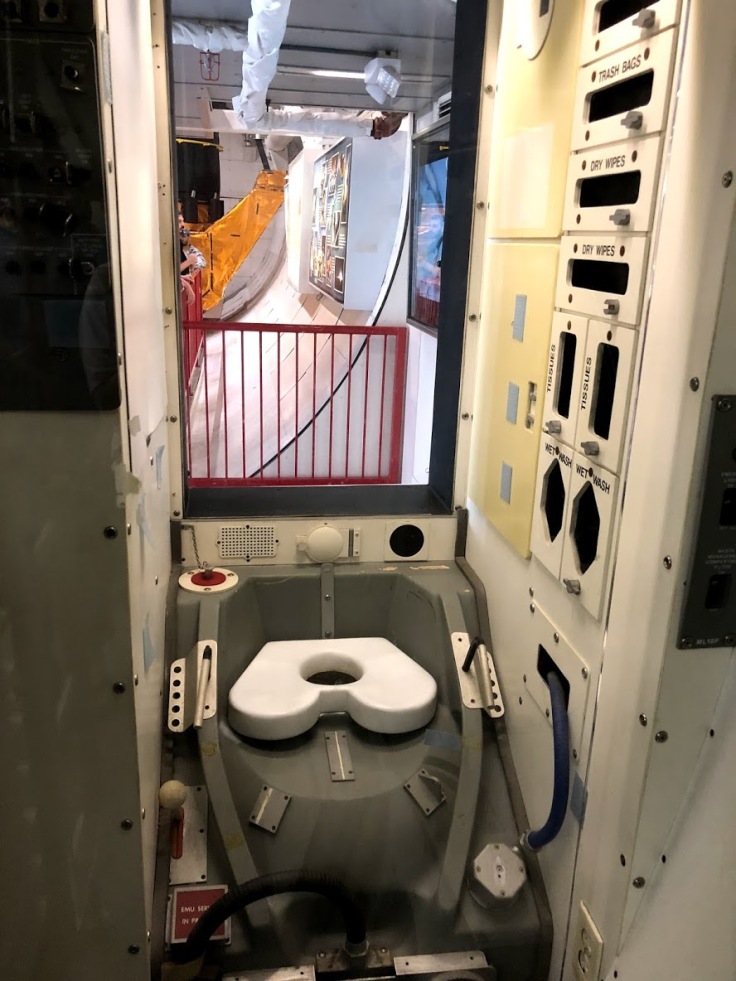

C’è davvero tantissimo da vedere nello Space Center, dal modulo lunare usato per il training prima di sbarcare sulla luna, a uno dei pochissimi frammenti di luna riportati sulla terra. Per visitare il centro ci vuole una giornata intera, e consigliamo di arrivare prima di quanto abbiamo fatto noi (siamo entrati verso mezzogiorno e mezzo!). Un altro consiglio è di partire con il Tram Tour, perché verso le 3 la fila era di circa un’ora.
We also saw the lunar module used to train for missions to the Moon, we also touched a real moon fragment. Visiting the Space Center takes the whole day and we strongly recommend to get there early in the morning and to start your visit with the Tram Tour. We got to the Space Center around 12.30 and took the tour at 3 after queuing up for 1 hour!
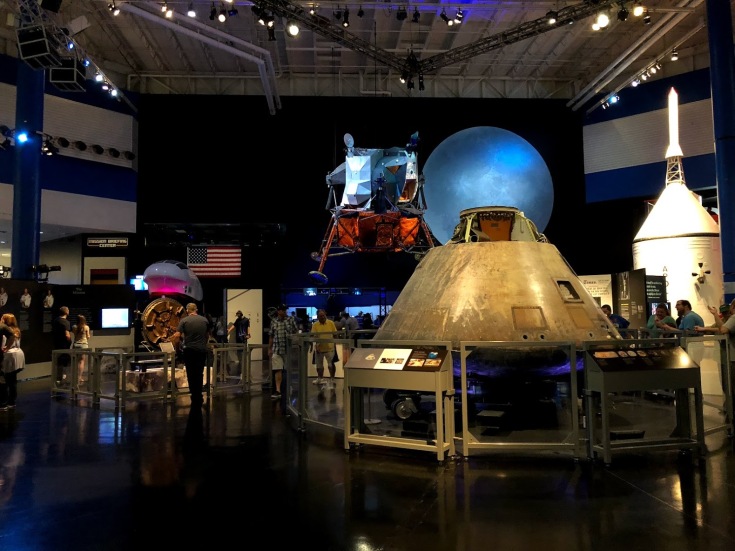
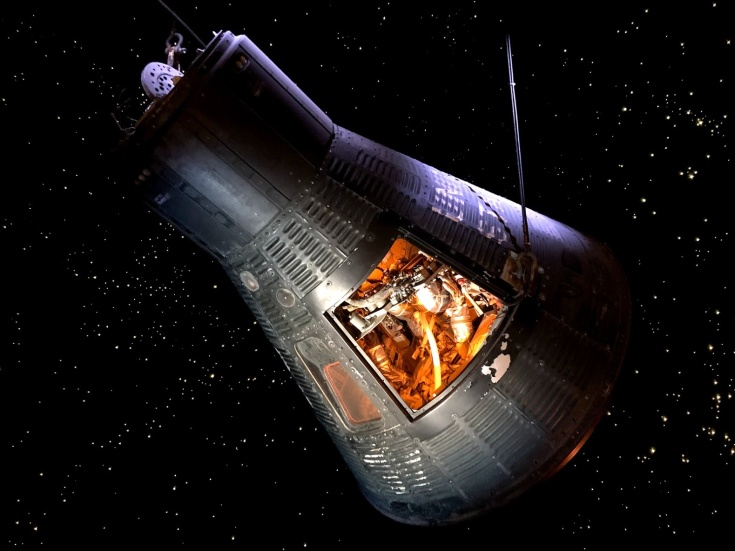
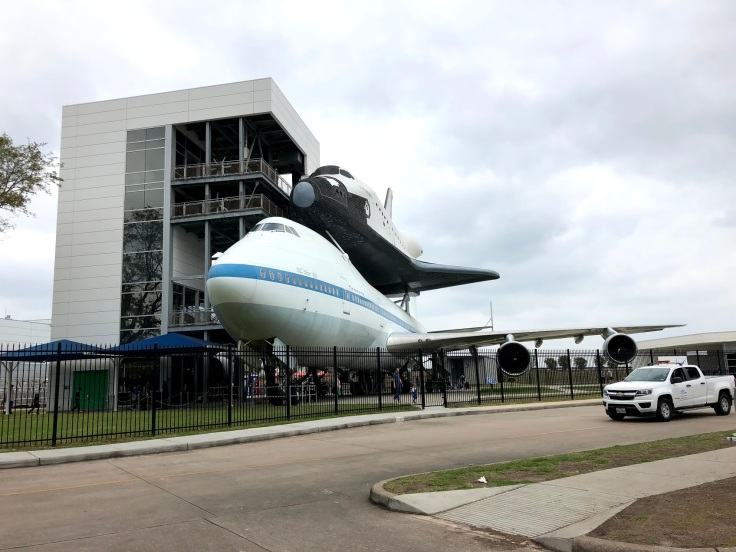
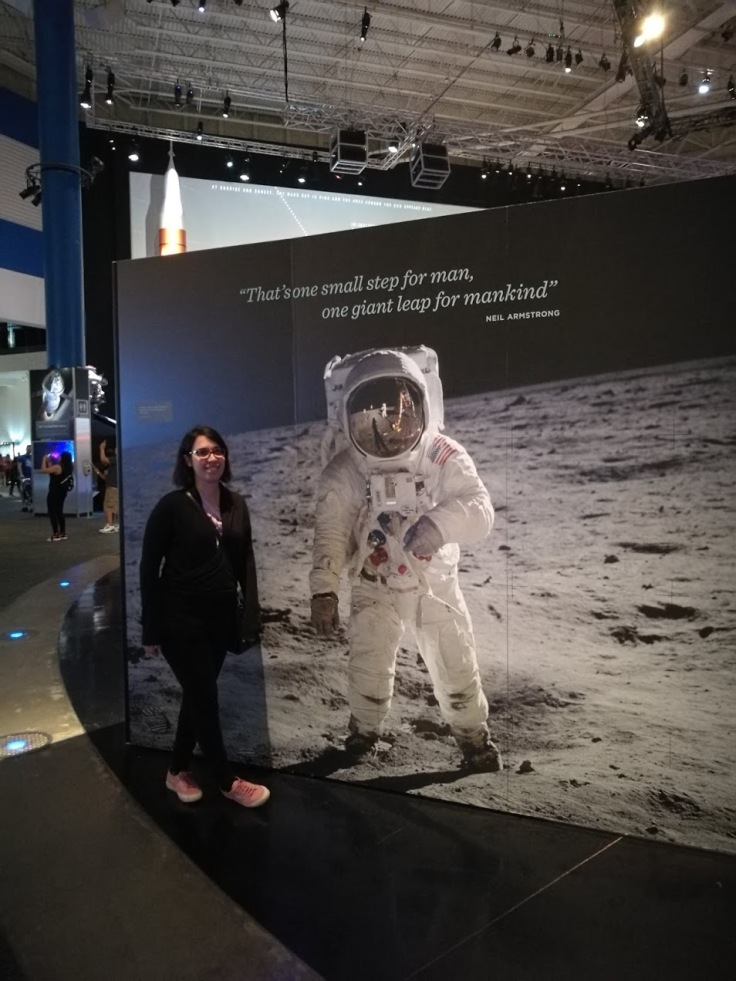
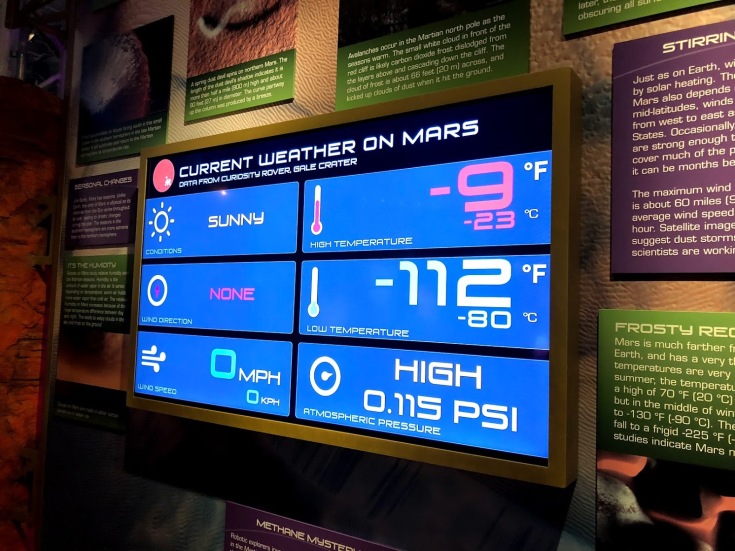
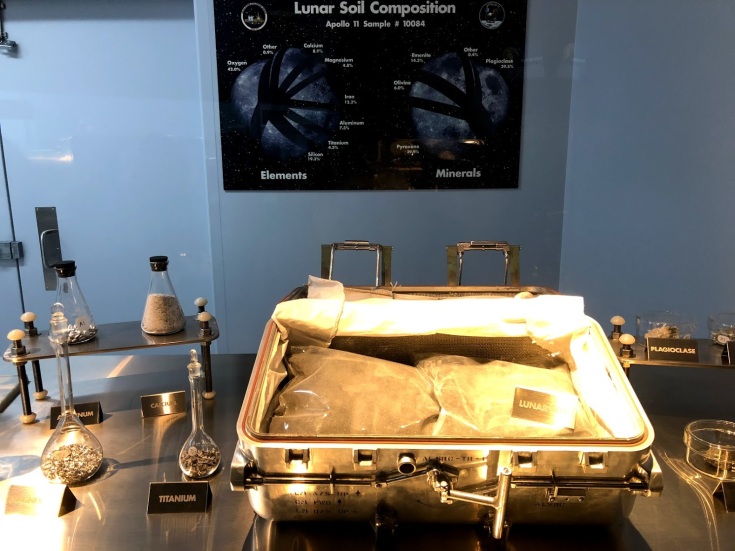



Interessantissimo post! Non conoscevo questo posto, il tuo articolo mi ha davvero incuriosita!
"Mi piace"Piace a 1 persona
Grazie mille! Consiglio di visitarlo soprattutto per le training facilities, che lo rendono differente dagli altri Space Center in America.
"Mi piace""Mi piace"
I love NASA!
"Mi piace"Piace a 1 persona
I really enjoyed my visit. Have you been to the Houston Space Center too? What did you think?
"Mi piace"Piace a 1 persona
I live in Houston! Been there a lot! It’s so cool to see how we got to the moon!
"Mi piace"Piace a 1 persona